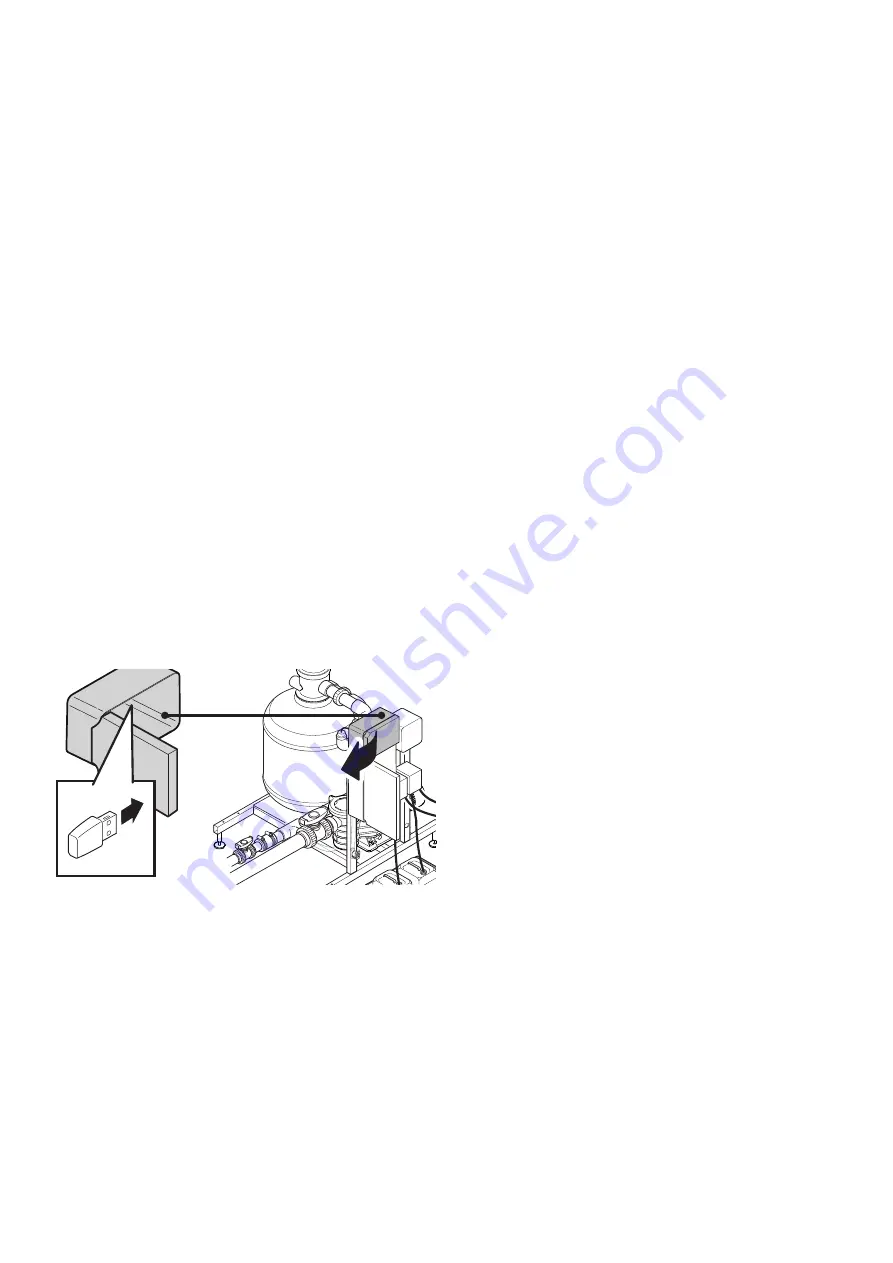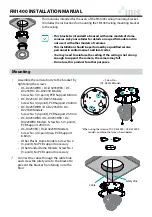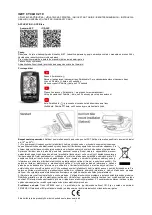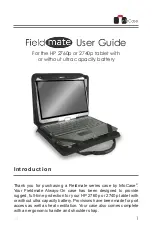
41
- The “
graphical measurement”
menu also includes the “
time
base
”: parameter, this is used to display the change in the values
being examined over a period of 1, 6 or 24 hours.
Once the graphic is displayed, pressing the “
enter
” key di-
splays a table that indicates the maximum, minimum and avera-
ge values related to the values being examined.
Pressing the “enter” key again displays the details of the pro-
gress of the measurement, and pressing the display a second
time returns to the initial view.
- Press the
S
/
T
keys to scroll the data in the list.
- To change the measurement saving settings, access the “
archi-
ve
” menu - “
setup
” submenu and set the following parameters:
Step
: defines the saving interval (from 0 to 99 minutes);
no
value is saved if it is equal to 0.
Archive
type
: if the “ring” symbol is selected, once the archi-
ve is full the subsequent values overwrite the oldest data.
If the “arrow” symbol is selected, once the archive is full it is
not possible to save any more data (the memory must first
be emptied).
Reset memory
: deletes all the data in the archive.
The
“
occupation
” item indicates the percentage of used memory.
- Using the
“pendrive back-up”
sub-menu,
it is possible to make
a copy of the saved data, by inserting a USB key into the relevant
connector.
- The data can be imported into a normal spreadsheet and or-
ganised according to preference.
Q
Reset of the settings
If incorrect values are set that concern the calibration of the pa-
rameters related to the chlorine (or if you want to reset the fac-
tory parameters), proceed as follows:
- Access section
3 - measurement setting”
.
- Then access
“cl2 selection ”, “cl2 setting ”
and
“relay outputs”.
- Select “
calibration
” and finally
“reset default”
(the factory set-
tings are restored, according to the test specifications of the indivi-
dual tool).
- Now set the new values..
Proceed in the same manner if you want to reset the parameters
related to the pH and/or the redox (rx); in this case, access, re-
spectively “
pH selection
” and/or “
rx selection
”.
The factory stored values comply with the standard
UNI 10637. For countries in which this directive has not
been acknowledged or integrated in the local regula-
tions, refer to the respective legislation.
Reactant replacement
The reactant must be replaced when it is finished and/or when its
colour goes darker.
- Shut off the power supply to the appliance.
- Prepare the solution using the two components (
8
).
- Unscrew the finished reactant container top and place it on the
new one; replace the finished container with the new one and
insert the pump pipe (
8
).
NOTE: remove any traces of old reactant and replace the con-
tainer; do not add the new reactant to the old container.
- Supply power and press the
T
key so that the reactant pene-
trates the pipes and any air bubbles are eliminated.
- Switch the appliance off and then on again and carry out sen-
sor calibration (see
“Reference calibration”
).
Containers, possible residues of chemical substances
as well as the finished reactant must be disposed of in
accordance with current applicable legislation. Also
contact local authorities regarding the disposal of che-
mically treated water.
Suspending operation
for medium-long-term periods
Where the appliance is not used for a few days (approximately one
week), the following operations should be completed:
- Remove the reactant replacing it with distilled or purified water.
- Activate the reactant pump by pressing the
T
key for a few
seconds, in order to wash the pipes upon completion, the pipes
should be clean and filled with water).
- Leave the appliance in operation for approximately ten min-
utes so that the measurement unit is cleaned
(please refer to the
section “Cleaning the measurement unit”)
. Remove the magnet
present on the bottom (
7
), clean it and store it in a safe place.
- Shut off the power supply to the appliance using the built-in
switch
.
- Place the chlorine and pH corrector tanks in a safe place, clos-
ing the cover openings.
Also clean the container which holds the tanks during nor-
mal operation.
Summary of Contents for booster KIT spa-pack
Page 2: ......
Page 11: ...11 spa pack booster spa pack spa spa Jacuzzi Jacuzzi JacuzziEuropeS p A Jacuzzi...
Page 73: ...73 T UNI 10637 T 7 pH spa pH pH pH 7 0 pH 4 0 spa pack Q pH pH Jacuzzi Q Q 10 Q 10...
Page 78: ......
Page 79: ......
















































